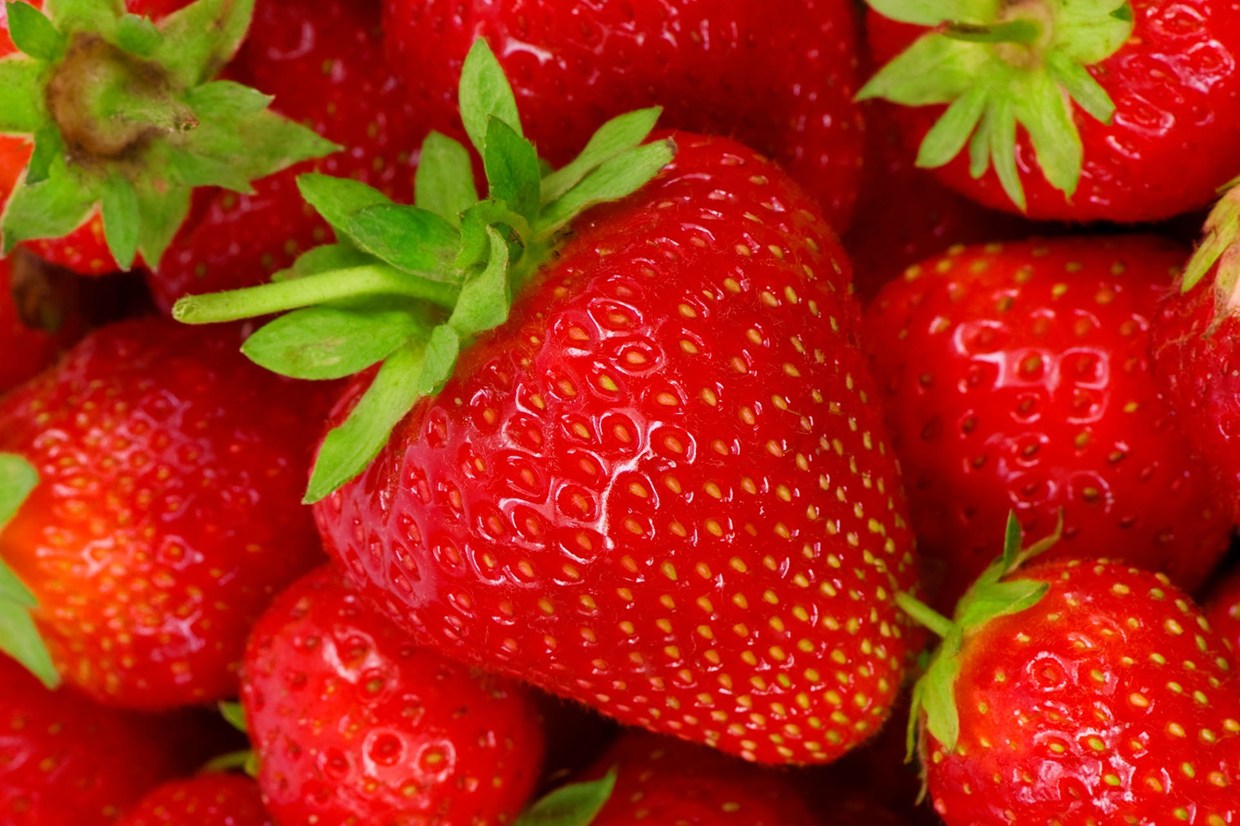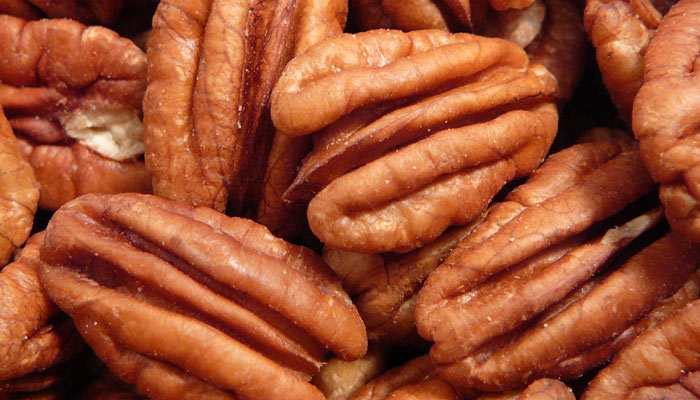
by admin | Feb 18, 2014 | Natural Facts
Introduction Consumption of fruits and vegetables is linked to a decreased risk for virtually every chronic degenerative disease. In particular, there is considerable evidence for protection against cardiovascular disease (CVD). Because of the many health benefits of...
by admin | Feb 17, 2014 | Books
In order to provide my subscribers the best guidelines to improve their health, I am offering a free PDF download on my book, Cholesterol and Heart Health – What the Drug Companies Won’t Tell You and Your Doctor Doesn’t Know. Just click here. Feel...

by admin | Feb 17, 2014 | Healing Food Facts
North American native to the Mississippi River valley, the pecan grows on a type of hickory tree that grows to a height of about 150 feet. Each tree produces about 200 pounds of the nut each year, and is harvested in the autumn. Archaeological evidence has revealed...

by admin | Feb 11, 2014 | Natural Facts
Introduction It is often amusing reading news accounts of nutritional research or the benefits of natural therapies. For most rational minded folks with even a moderate amount of common sense, it seems obvious that since the brain is the most metabolically active...

by admin | Feb 10, 2014 | Healing Food Facts
Leeks are a relative to the onion and garlic family, but are different as people consume their leaves rather than the bulb. They are a native to Central Asia, and have been cultivated in the region for thousands of years. Greeks and Romans popularized the vegetable,...







